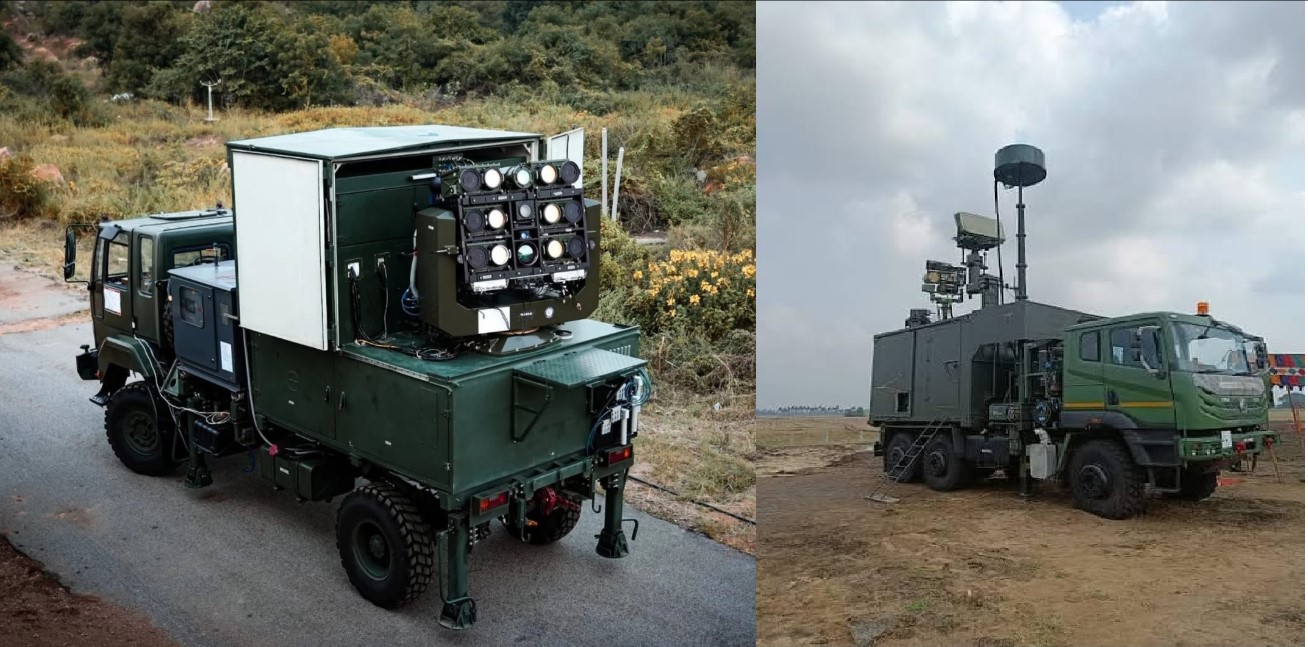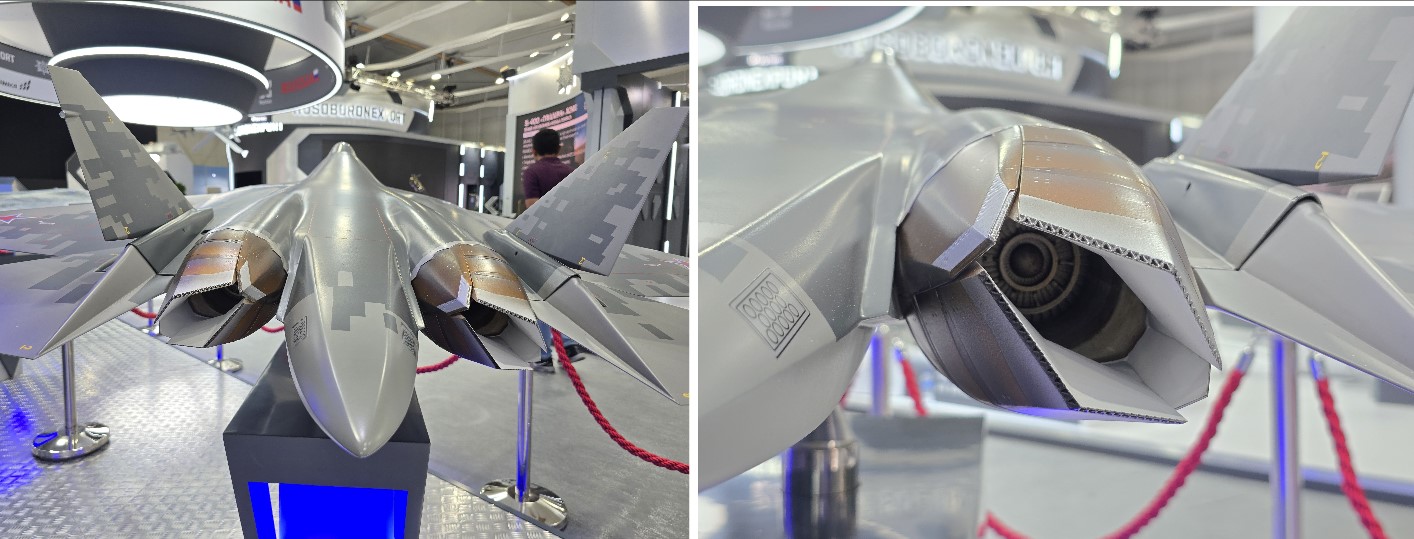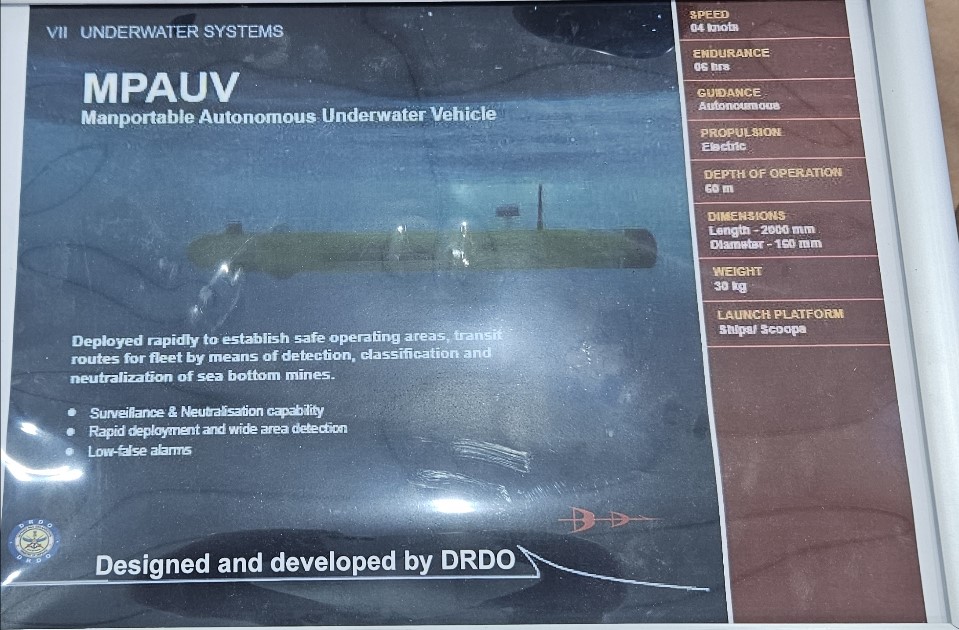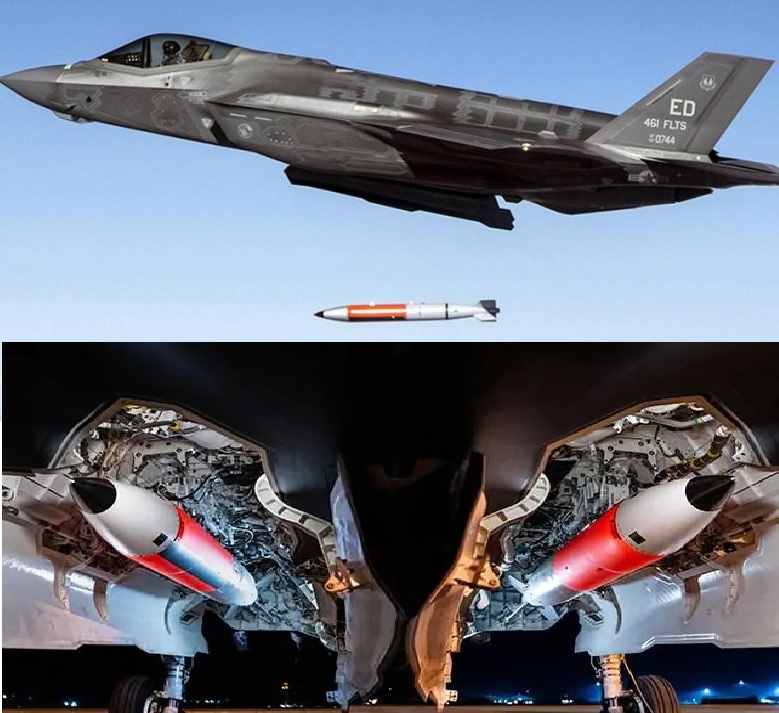Ukraine Upgrades U.S.-Supplied M1A1 Abrams Tanks with Reactive Armor and Anti-Drone Cages After Battlefield Vulnerabilities Exposed

In a clear response to lessons learned on the battlefield, Ukrainian forces have upgraded their U.S.-donated M1A1 SA Abrams tanks after critical weaknesses in the tank’s protection were exposed during real combat. Photos shared in early August 2025 show these tanks now sporting explosive reactive armor (ERA) and improvised anti-drone cages, part of a growing trend in Ukraine to adapt Western equipment to new-generation threats.
The M1A1 SA Abrams, a Cold War-era design donated by the United States in late 2023, was originally meant to bolster Ukraine's armored strength. The U.S. delivered 31 of these tanks, which were expected to give Ukraine an edge in traditional tank battles. But Ukrainian troops soon discovered a key issue: the tanks, while reliable in conventional operations, were vulnerable to modern threats like FPV kamikaze drones, loitering munitions, and top-attack anti-tank missiles.
One of the biggest problems is that the export-standard M1A1 SA lacks critical survivability features found in newer models. These tanks do not include active protection systems (APS), depleted uranium armor, or any integrated anti-drone defenses. Their turret roofs, engine decks, and side skirts are particularly exposed, making them easy targets for top-down attacks—a tactic widely used by Russian and proxy drone units.
In response, Ukrainian engineers and tank crews have made significant battlefield modifications. The most visible of these is the addition of Kontakt-1 explosive reactive armor blocks. Originally developed by the Soviet Union, Kontakt-1 ERA consists of metal tiles filled with explosives that detonate on impact, disrupting the shaped-charge jets of incoming anti-tank rounds before they can penetrate the tank's main armor. While it’s an older generation of ERA, and not ideal against tandem warheads or advanced kinetic energy rounds, it still offers a vital boost to survivability.
These ERA modules have been added to the tank’s front, turret sides, and even the turret roof, areas previously left unprotected. Additionally, metal cage armor has been welded over the top of the turret and the rear engine deck. This is a field adaptation designed to interfere with drone attacks, especially from the growing number of FPV drones that now stalk vehicles from above.
Although these additions increase the weight of the tank and may create logistical headaches, they significantly improve protection against modern asymmetric threats that have become common in Ukraine’s warzones.
This effort to "war-proof" the Abrams sends a strong message to NATO and the U.S. defense community. The Abrams—long considered one of the best main battle tanks in the world—is being challenged by cheap, airborne weapons that can strike from unexpected angles. The Ukrainian experience shows that legacy tanks need to be upgraded for modern combat, where drones and loitering munitions are as deadly as anti-tank missiles.
The U.S. M1A1 SA, though formidable in past wars, is now facing a new kind of battlefield—one where adaptation and rapid innovation are as important as armor thickness. Ukraine’s field upgrades demonstrate that even battle-tested tanks must evolve to stay survivable in the drone era.
These battlefield lessons will likely influence future designs and upgrades, not just in Ukraine, but across NATO and U.S. military planning as well. As Ukraine continues to transform these tanks for survival, the war is redefining what "tank protection" really means in modern warfare.
✍️ This article is written by the team of The Defense News.






